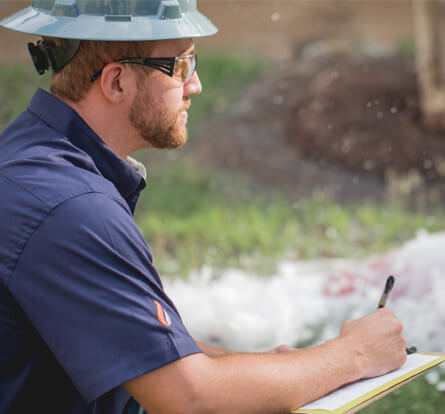A fire sprinkler system is a preventative fire suppression device that releases water to control and extinguish fires. The sprinkler heads are typically installed in ceilings or side walls and face toward the floor or towards specific fire hazards. The other end of the sprinkler system is connected to several pipes and a high-pressure water supply. The rise of heated air molecules activates these fire and life safety systems. Fire sprinkler systems commonly consist of:
- Gauges
- ON/OFF valves
- Sprinkler heads
- Alarm test valves
- Water-flow switches
- Valve tamper switches








